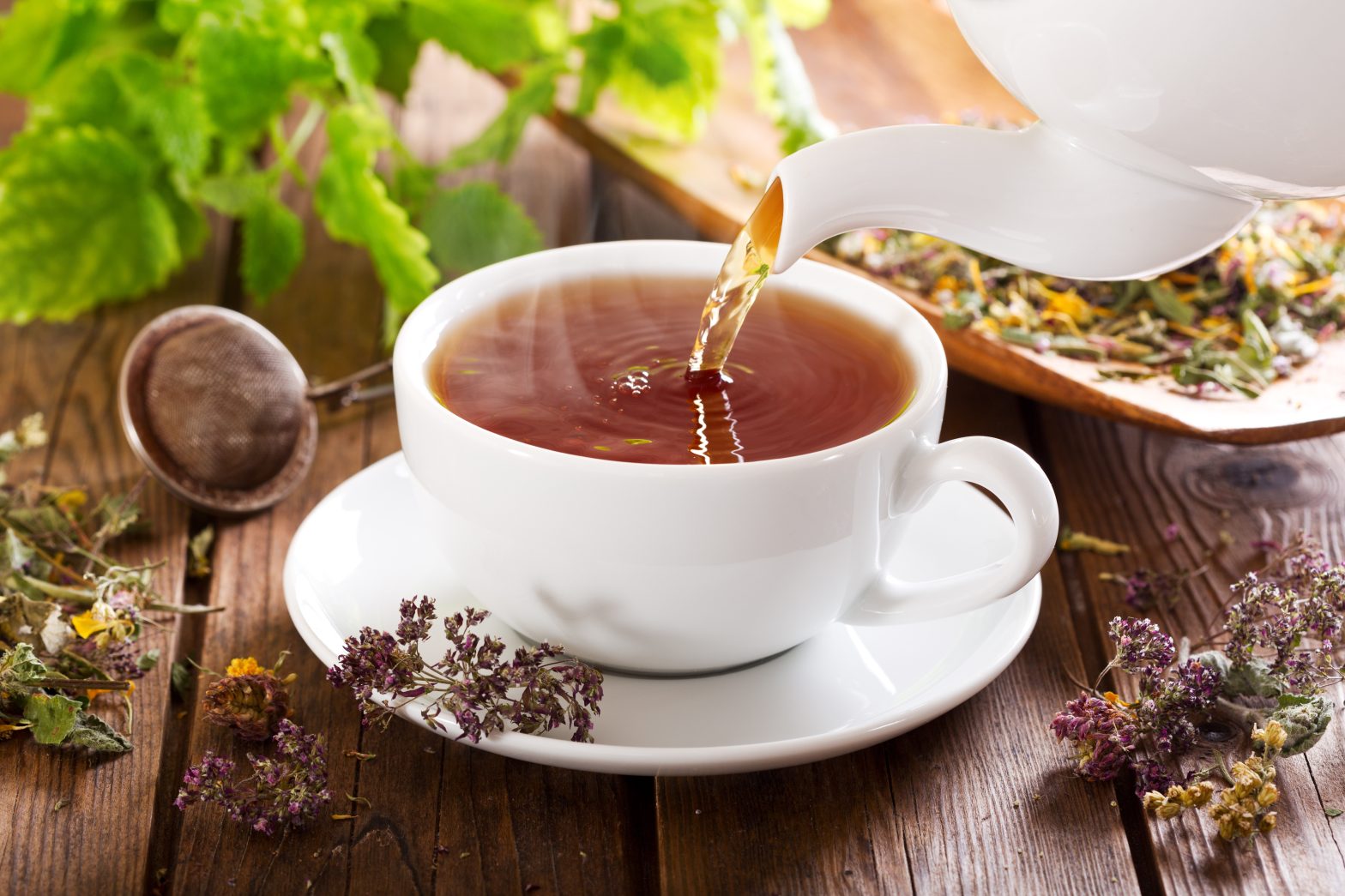Tea is not just a beverage; it’s a sensory journey that takes you through diverse flavours and aromas. However, have you ever noticed that the taste of your tea can vary from cup to cup? There are several factors that can influence this delightful experience. As a tea enthusiast, let’s explore the intriguing world of tea and understand five key elements that can affect the taste of your favourite brew.
1. Quality of Tea Leaves: The Foundation of Flavour
The quality of the tea leaves you use forms the very foundation of your tea-drinking experience. Just like the best ingredients make a delicious meal, high-quality tea leaves are essential for a flavourful cup. Opt for loose-leaf tea, as it often contains whole leaves that retain essential oils and compounds, resulting in a richer taste. Whether it’s delicate white tea or robust black tea, invest in leaves that are plucked with care and precision.
2. Water Temperature: Unveiling the Nuances
The temperature of the water you use can significantly impact the taste of your tea. Different types of tea require different water temperatures to unlock their full potential. For instance, delicate green teas thrive in cooler water, while black teas and herbal blends prefer hotter temperatures. Boiling water can scorch the leaves, leading to bitterness, while water that’s too cool might not extract the full range of flavours. Paying attention to water temperature can lead to a well-balanced cup that tantalizes your taste buds.
3. Brewing Time: Patience Rewarded
In the world of tea, patience is truly a virtue. The duration you allow your tea to steep plays a vital role in shaping its taste. Steeping for too short a time might result in a weak infusion, while overstepping can lead to bitterness. Experiment with steeping duration to find the sweet spot for your preferred taste profile. Remember, it’s all about striking that harmonious balance between flavours, colours, and aromas. You can also check our tips to brew better tasting tea.
4. Tea ware: Elevating the Experience
Believe it or not, the tea ware you choose can influence the taste of your tea. Porcelain, glass, clay, and metal teapots each bring out distinct characteristics in your brew. Clay teapots, for instance, are known for enhancing the flavours of certain teas due to their porous nature. The shape and material of your teacups also impact the way the aroma is released as you sip. Embrace a variety of teaware to explore the intricate layers of taste that different vessels can offer.
5. Mindfulness: Infusing Your Intention
Have you ever noticed that a cup of tea prepared with love and mindfulness often tastes better? The energy you infuse into your brewing process can impact the outcome. Approach your tea-making ritual with a sense of intention and presence. Allow the aromas to fill your senses, observe the colours dancing in your cup, and savour each sip consciously. This practice can turn your teatime into a soul-nourishing experience, elevating the taste to a whole new level.
Conclusion: Unveiling the Art of Tea Tasting
Tea tasting is an art that invites you to explore the symphony of flavours and aromas hidden within each leaf. By understanding the factors that influence the taste of your tea, you embark on a journey of discovery and refinement. From the quality of leaves and water temperature to the tea ware you use and the mindfulness you bring, each element contributes to the masterpiece in your cup.
So, as you embark on your daily tea ritual, let curiosity be your guide. Experiment with these factors, celebrate the diversity of tea, and let each cup be a delightful exploration. With a mindful approach, you’ll not only enhance your tea-drinking experience but also cultivate a deeper connection with the ancient tradition that has been delighting hearts and senses for centuries.

